RomeⅡ
ⅵ)St. Peter’s Basilica (Basilica’s San Pietro)

Then St. Peter’s came into view, the tallest building that has ever been erected, for even the Egyptian pyramids are not so high. ‘Perhaps I should have shown the most beautiful of our buildings last, […] but that is not my plan. If you want to stimulate your sense of art, I think you have to begin with things that inspire a deep, keen admiration.’
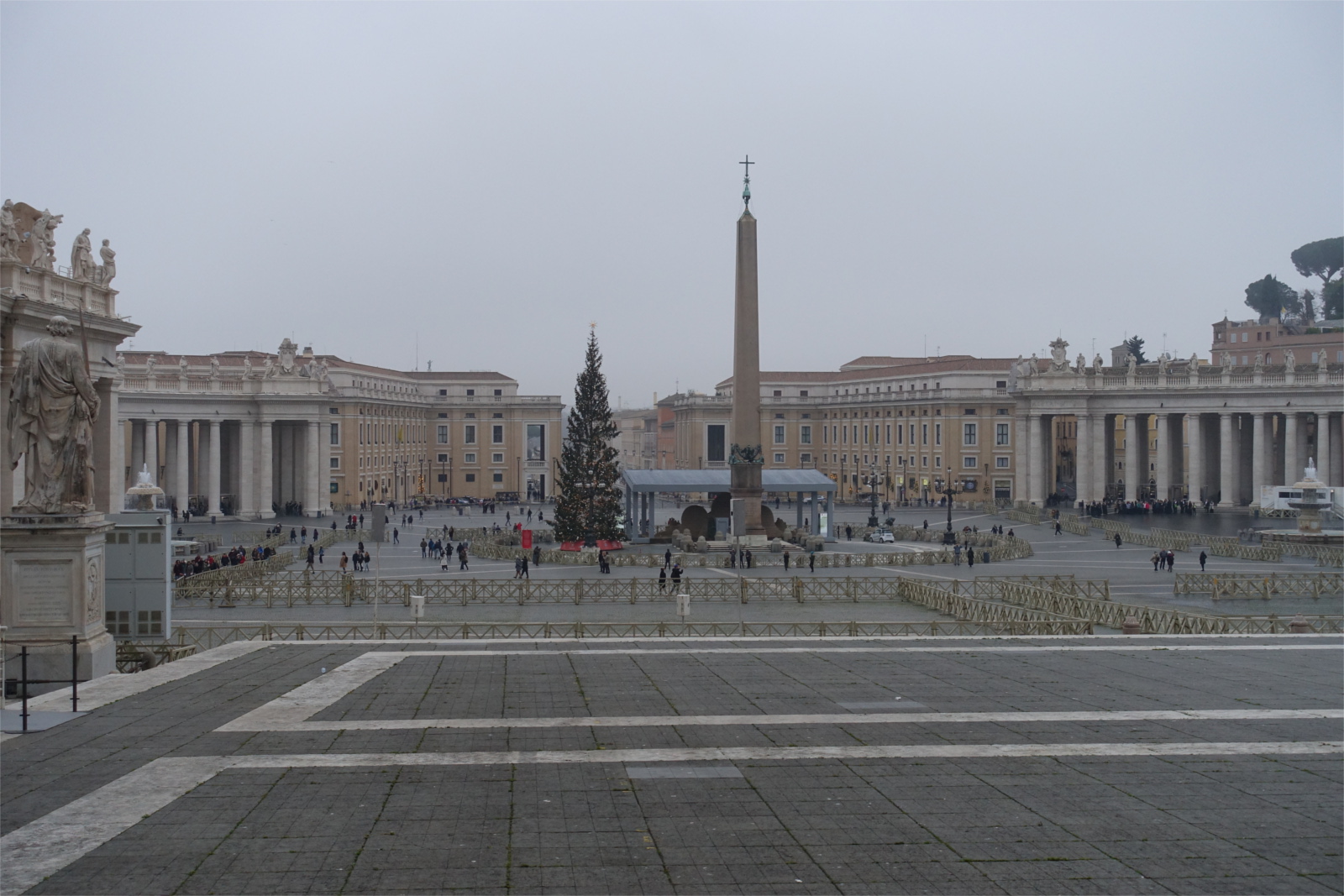
The obelisk form has in itself something that pleases the imagination; the summit is lost in the air and seems to carry heavenward the great thought of man. This monument, which was brought from Egypt to adorn the baths of Caligula, and which Sixtus V caused to be taken later to the foot of St. Peter’s – this contemporary of so many centuries that could do nothing against it – inspires a feeling of reverence. Man passes away so quickly that he always feels emotion in the presence of the unchanging.
At a little distance from the two sides of the obelisk rise two fountains whose waters spring up constantly, falling again in showers of spray. This murmur of the water, which one is accustomed to hearing in the country, produces quite a new sensation in this enclosed spot, but one in harmony with everything that the aspect of this majestic temple awakens in one. (4-III)
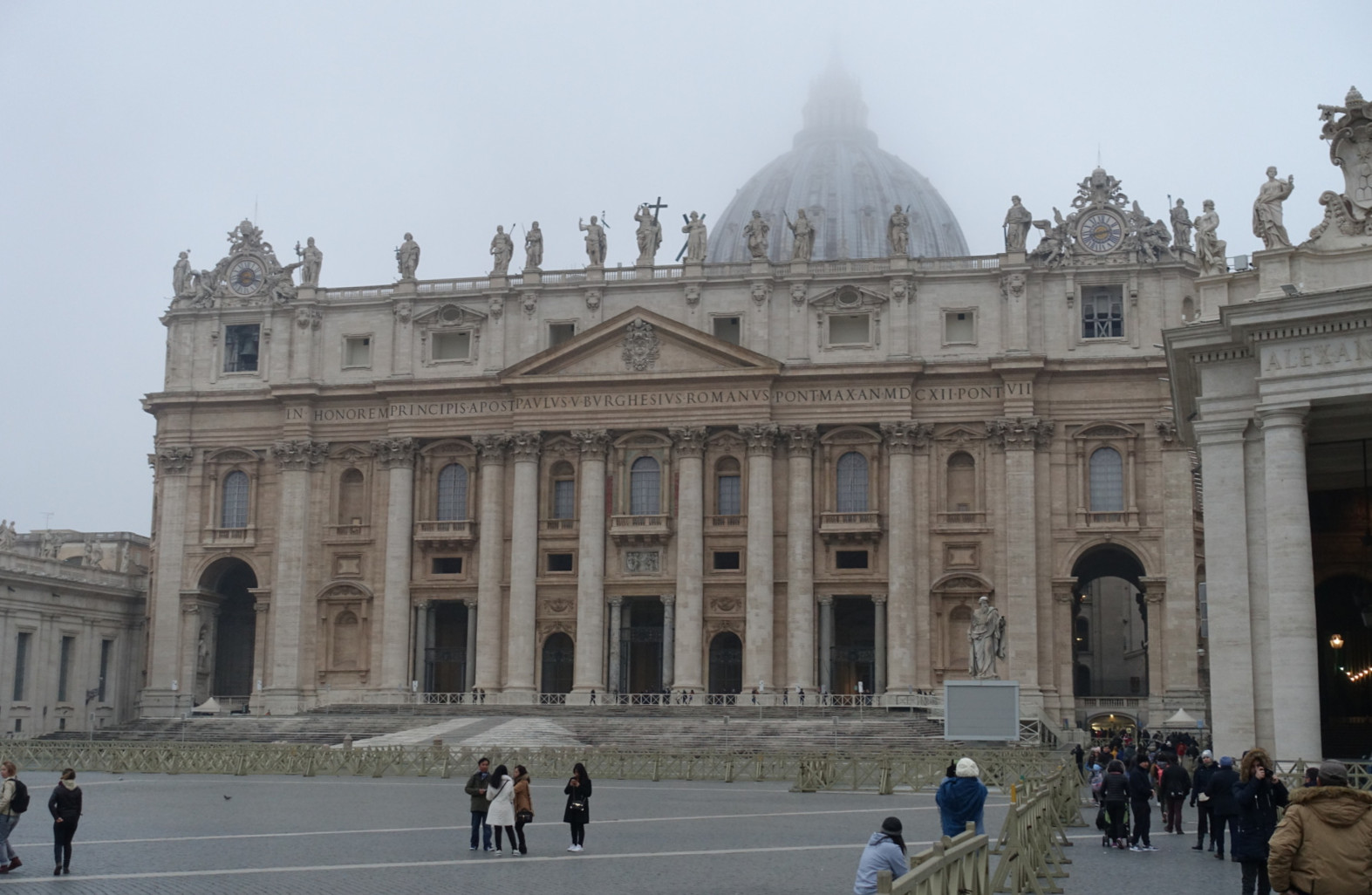
・・・she tried to imagine a time when, in its turn, it(St.Peter’s Basilica) would become a ruin, and as such be the object of wonder for future generations. She thought of those columns, then standing, as fallen to the earth, the portico shattered, the dome uncovered which seemed, like an Egyptian obelisk, to reign over ruins – but the Egyptians only worked for a terrestrial eternity. (15-IV)
ⅶ)The Vatican Museum (Musei Vaticani)
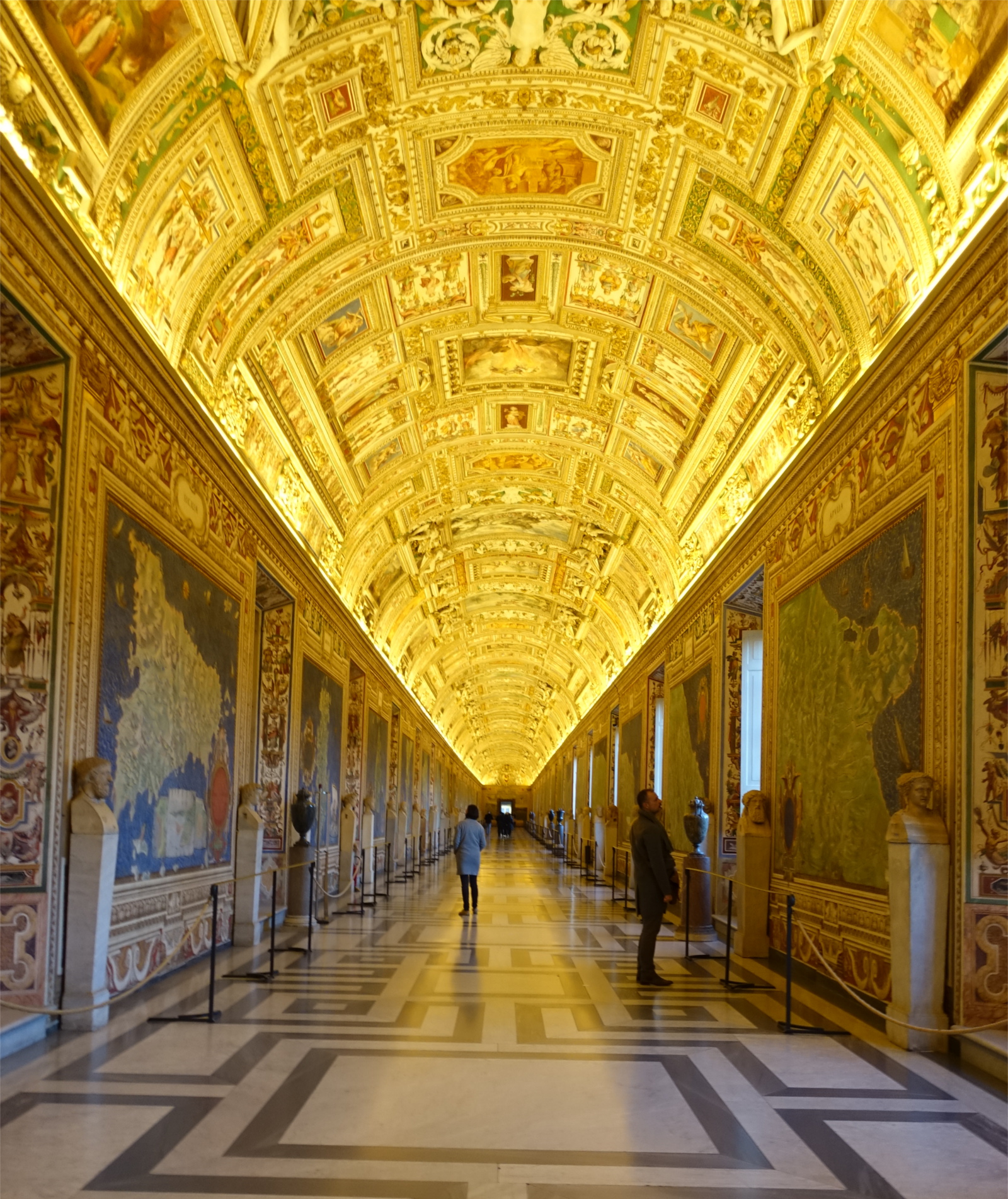
Even the sarcophagi among the ancients only recalled warlike or cheerful thoughts; among the number of them collected together for viewing at the Vatican are representations of battles and games carved onto the tombs. The recollection of the activities of life was thought to be the worthiest homage to the dead. (8-II, 140)
But the most melancholy impression we get at the Vatican Museum is from contemplating the remains of the statues collected together there: the torso of Hercules, heads separated from trunks, a foot of Jupiter, which must have belonged to a statue grander and more perfect than any we have now. We seem to see the battlefield where time has struggled against genius, and these mutilated fragments attest to its victory and our losses. (8-II)

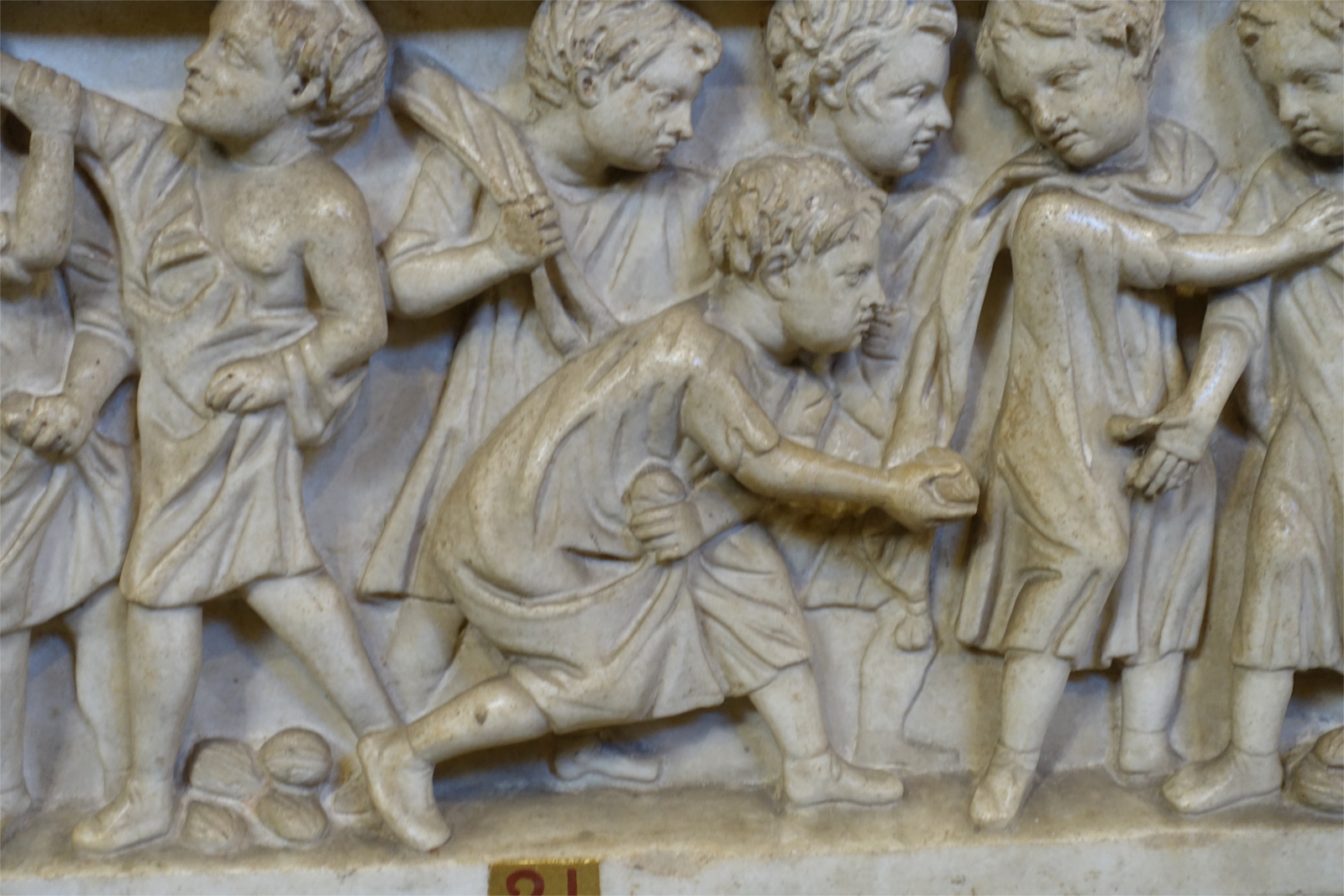
ⅷ)The Sibyl Temple also known as The Vesta Temple(Tempio Sibilla)
[Corinne] was dressed like the Dominican sibyl, an Indian shawl twisted around her head and her beautiful black hair mingling with its folds; her dress was white with blue drapery falling from her waist, and her costume was picturesque without being so different from the usual style as to be open to the charge of affectation. (2-I, 22-23)

Corinne’s house was built above the noisy cascade of Teveroni; on the summit of the hill opposite her garden was the Sybil’s temple. It was a beautiful choice of the ancients to place their temples in elevated places. They commanded the expanse of the country, as religious thoughts have dominion over all others. […] The ruins give a singular charm to the Italian Campagna. They do not, like modern buildings, recall the work and presence of man; they blend with the trees, with nature, and seem in harmony with the lonely torrent, the image of time, which has made them what they are. […] What spot in Italy could be more suitable for Corinne’s dwelling than the abode consecrated to the Sybil – to the memory of a woman animated by divine inspiration? (8-IV)


Public Domain
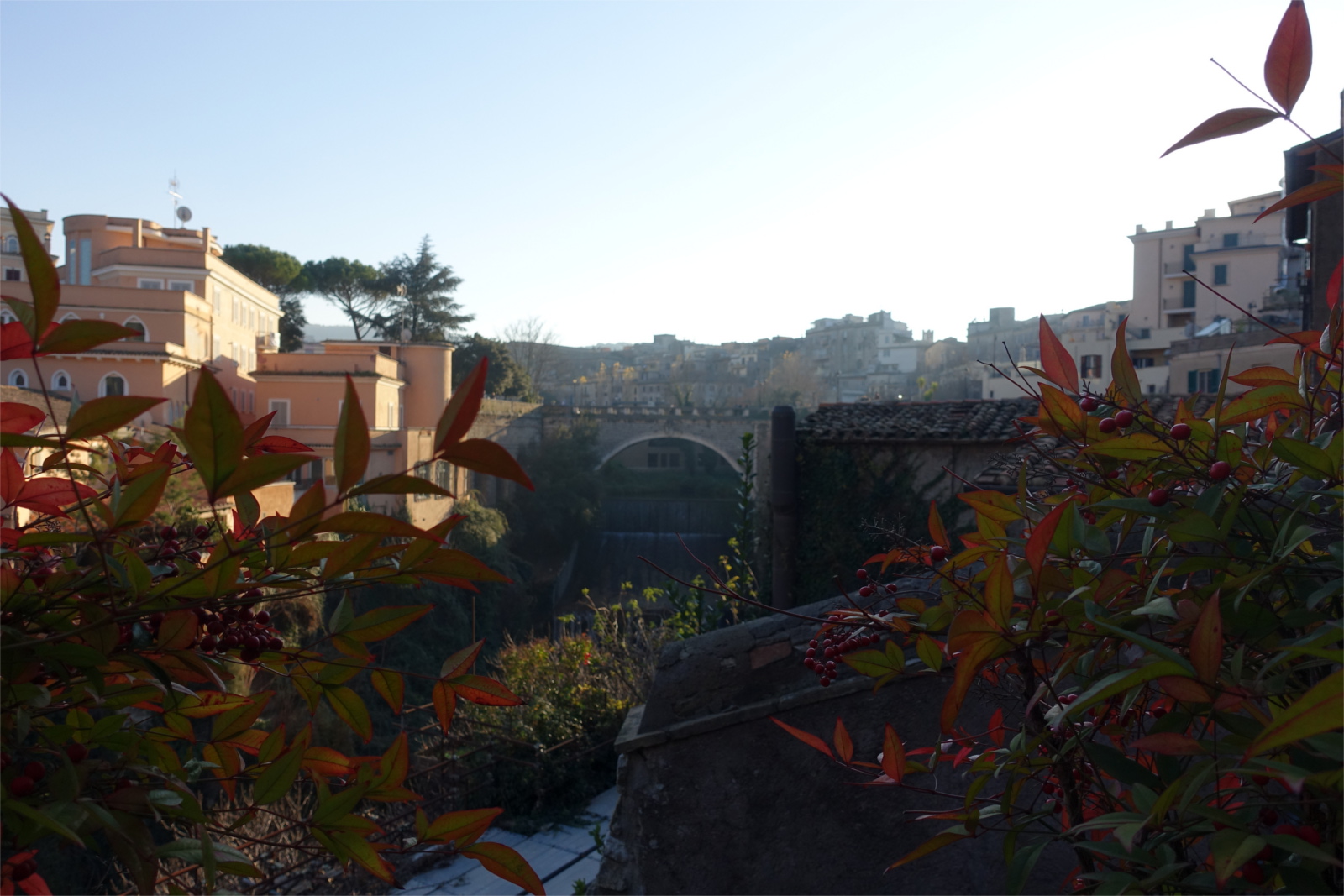
Explanation
Sibyl was originally a proper name, but there were as many as ten Sibyls recorded around the 1st century B.C., one of whom was the Sibyl of Tibur. This latter Sibyl was an ancient Mediterranean priestess as well as an oracle, a conduit through which Apollo’s prophecies were received. Staël superimposes the image of Corinne onto her, as the picture shows.
This beautiful temple, which Staël calls the ‘Temple of the Sibyl,’ is today commonly known as the ‘Temple of Vesta,’ although it is different from the famous ‘Temple of Vesta’ in Rome. The ‘Temple of the Sibyl’ in Tibur was built in the 1st century B.C., but it is not known what deity was served there. This temple is built on a hill and overlooks Teverone Falls. In the novel, Corinne has a villa in the vicinity, but the landscape has changed dramatically since the 18th century.
Explanation
St. Peter’s Basilica is the headquarters of the Catholic Church. Originally this was a common cemetery for Romans, but in 64 St. Peter was crucified by Emperor Nero. Afterwards, Emperor Constantine, who recognized Christianity as the official religion of the Roman empire, buried the body of St. Peter in the basement of the Basilica. The first-generation basilica was thus built in the 4th century, but what remains now is the second-generation basilica completed in 1626.